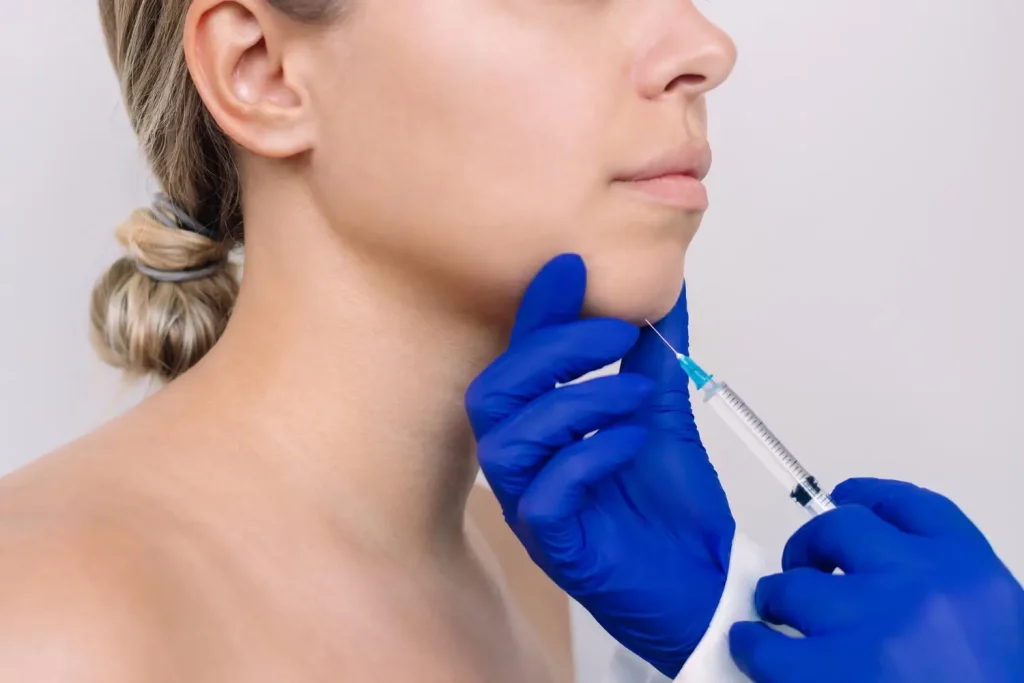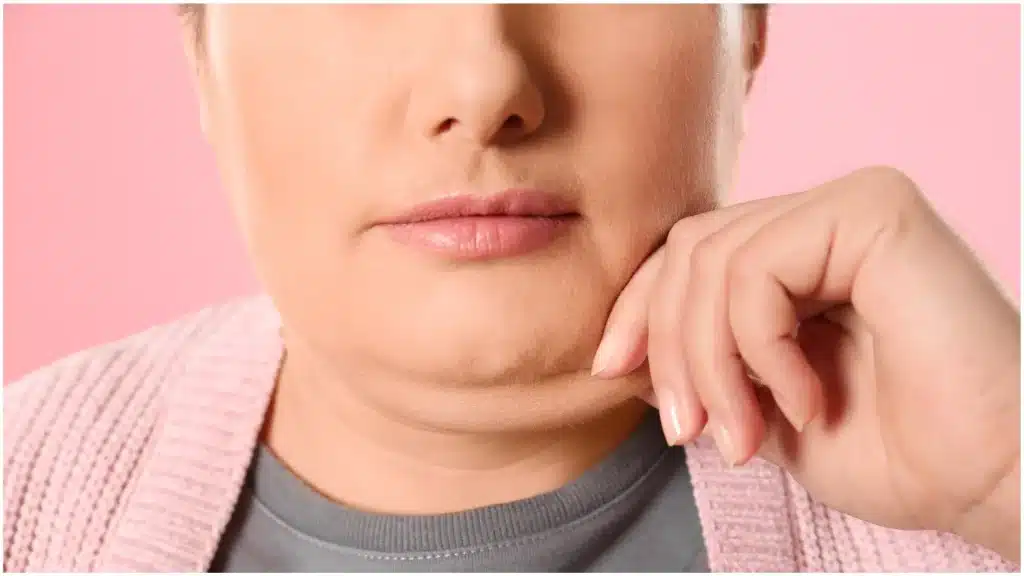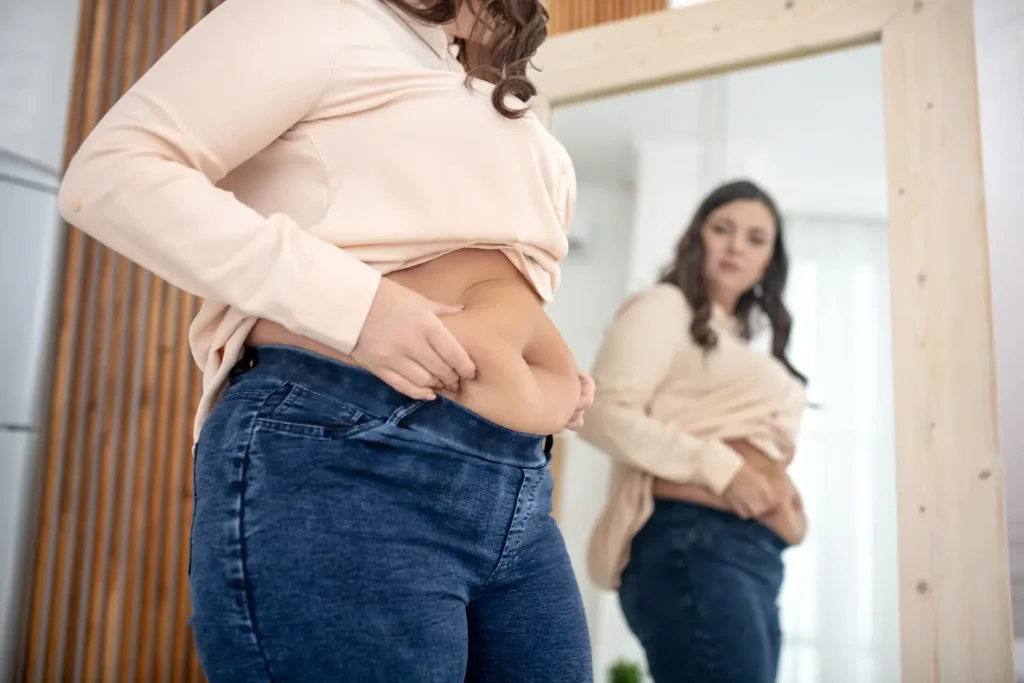What are nasolabial folds?
Nasolabial folds, also referred to as “smile lines,” are the skin folds that extend from the edge of the nose to the corners of the mouth. These folds are more noticeable when one smiles, because the facial muscles, namely the zygomaticus major, zygomaticus minor and levator labii superioris, pull the top lip superolaterally. Nasolabial folds make the cheek and upper lip more prominent by providing separation.
What causes them?
There are a number of factors responsible for prominent nasolabial folds.
- Age: Nasolabial folds become more prominent with age due to the loss of fat and elasticity in the mid-face and under-eye area. This causes the skin in the cheek to droop over the nasolabial folds, casting a shadow and making the nasolabial folds more noticeable.
- Genetics: Although nasolabial folds become more prominent with age, even people in their 20s can have pronounced nasolabial folds.
- Excessive Exposure to Sun: The ultraviolet rays from the sun generate free radicals which damage the sensitive skin of the face, causing nasolabial folds to be more pronounced.
- Smoking: Pursing of the lips when one smokes causes mouth wrinkles, deepening the nasolabial folds. Smoking also ages the skin, leading to earlier formation of prominent nasolabial folds.
- Irregular Weight: Massive weight gain or weight loss can also cause nasolabial folds to become more prominent. Weight loss may cause loose skin, particularly in the regions of the face and neck. Weight gain may plump up the cheeks and make nasolabial folds become more prominent.
- Tooth Loss: Tooth loss leads to bone loss in the mouth region, accentuating the nasolabial folds.
- Improper Sleeping Habits: Side sleeping can deepen 1 or both of the nasolabial folds. Also, not getting enough sleep hastens the appearance of prominent nasolabial folds.
- Repetitive Facial Expressions: Excessive smiling or laughing can lead to prominent nasolabial folds.
How can treatment with dermal fillers help?
Dermal fillers help with volume loss in the regions of the face that are responsible for prominent nasolabial folds. Dermal fillers are used to fill in the skin underneath the nasolabial folds. Additionally, dermal fillers are used to plump up the skin in the mid-face region and outer cheeks. This restores the volume of the face, reducing the shadowing that makes nasolabial folds prominent.
The most popular dermal fillers used to treat nasolabial folds are hyaluronic acid fillers. There are 3 main classes:
- Temporary hyaluronic acid fillers: These include fillers such as Restylane, Juvederm and Perlane, which you can inject into the middle to deep layers of the skin to treat nasolabial folds.
- Collagen stimulators: These include fillers such as Radiesse and Sculptra Aesthetic. You can use these fillers to treat patients with moderate nasolabial folds. They gently round out the face.
- Permanent Fillers: These include fillers such as Artefill. These fillers have longer-lasting results.
Other fillers on the current market include ingredients such as bovine collagen fibers. These are made from cow skin, which will provide your patients a less expensive treatment option for existing nasolabial folds. However, some individuals have experienced allergic reactions to bovine collagen fibers, for which it is important to test your patients for hyper-sensitivity prior to beginning the treatment. Other alternative options include human collagen fillers, which are synthesized from human cell cultures. These have a lower chance of causing allergic reactions than bovine collagen fibers, although they are more expensive.
How long does treatment usually last?
The duration of effects depends on the filler being used. That said, most fillers will last about 6–9 months. Treatment using temporary hyaluronic acid fillers lasts 9–12 months, while treatment using collagen stimulators lasts 6–12 months. Permanent fillers, such as Artefill, can last 5 years or more, while treatment with bovine collagen fibers and human collagen fillers lasts 3 months.



















